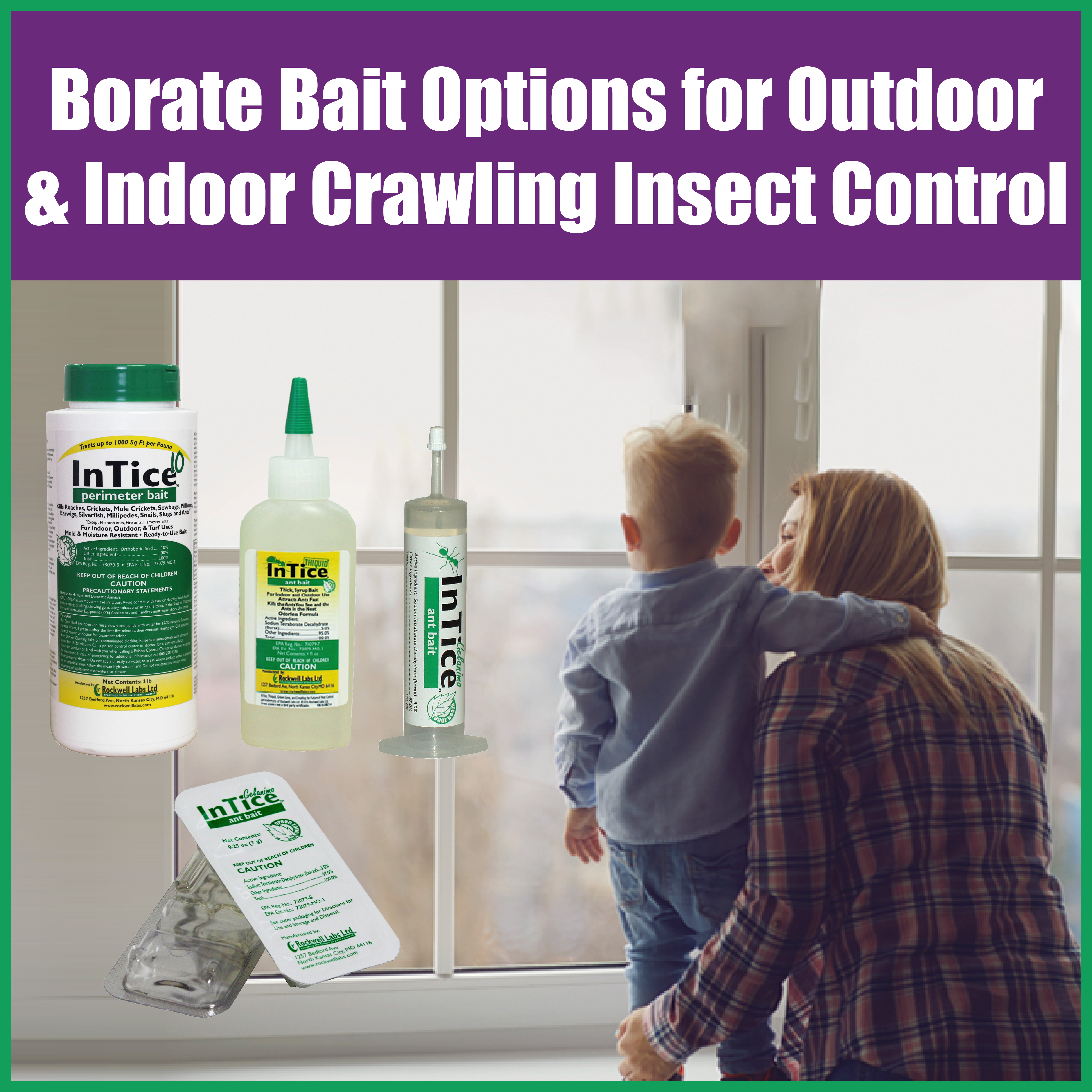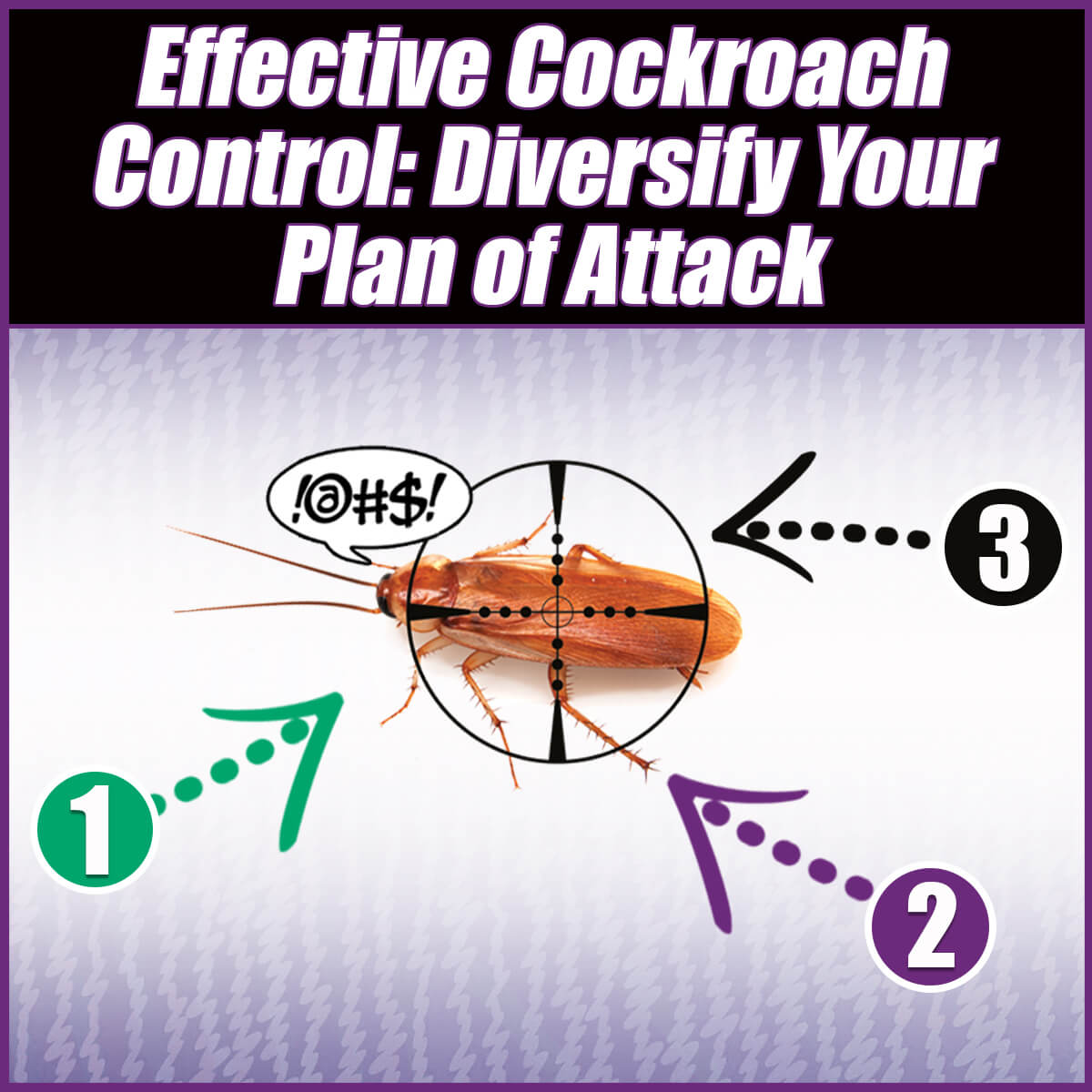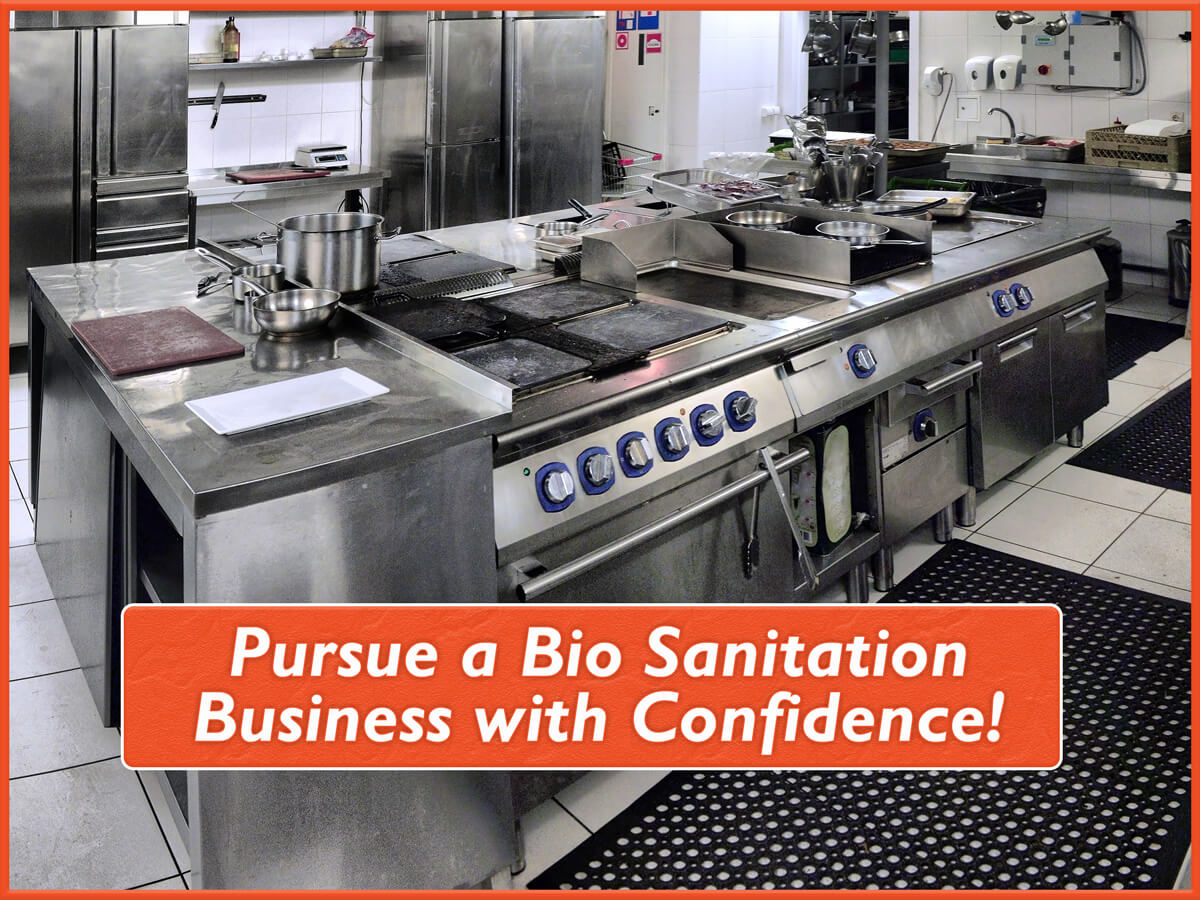Borate Bait Options for Outdoor & Indoor Crawling Insect Control

Crawling pests are a common problem for homeowners and business owners. To help your customers, you will want to incorporate borate baits into your treatment plan. Borate baits are often used in pest management programs because they are tried and true. These reliable baits can be found in various forms, including liquid, gel, and granules, ensuring there is a product to meet your needs. The proven performance of borate baits makes them an ideal solution against indoor and outdoor crawling insects.
How Borate Baits Work
Boric acid (orthoboric acid) and borax (sodium tetraborate decahydrate) have proven efficacy against crawling pests, which is why they are used as the active ingredient in insecticide baits. When target pests ingest a borate bait, it disrupts their digestive system, causing them to die. Borate baits are very effective against ant infestations. Some borate baits are designed to allow ants to eat the bait and carry it back to the nest. The ants share the bait with the other ants, gradually killing the colony.

Rockwell Labs Borate Baits
Rockwell Labs’ InTice borate baits offer several highly effective and innovative borate bait formulations for pest management professionals that deliver superior efficacy against pests. Our line of borate baits has no pyrethroid or neonic use restrictions and is suitable for green service programs. Our InTice borate product line combines the proven performance of borates with innovative bait formulation technology, resulting in the successful control of crawling pests.
The InTice Borate Bait product line includes:
InTice 10 Perimeter Bait

InTice 10 perimeter bait is formulated with 10% boric acid. It contains a premium blend of food attractants including protein, carbohydrates, and oils designed to attract and kill a variety of crawling pests. InTice 10 granules are non-repellent, so they won’t chase pests away. The 10% active provides outstanding value with lower use rates. Outdoors, InTice 10 can be applied at a rate of 1 lb per 1000 sq ft. The indoor application rate is 3 oz per 100 sq ft. The lower use rates save you time, money, and weight and space on trucks. Boric acid provides the dual effect of protecting the moisture-resistant bait from mold while also killing insects. Starting with 10% versus 5% maintains a higher amount of boric acid over time as the granules are exposed to water. InTice 10 provides up to 90 days of residual protection outdoors. It also remains effective for a year or more when applied indoors in attics and crawlspaces.
InTice Gelanimo Ant Bait
InTice Gelanimo ant bait is formulated with 3% borax and food grade ingredients. The bait utilizes a patented rigid hydro-gel technology. It has a high moisture content with a consistency similar to gelatin. The bait remains stable at temperatures up to 130° F, so it won’t become gooey or sticky. You won’t have to worry about the bait spilling or making a mess. Multiple ants can cut and carry pieces to the nest without drowning in the bait. InTice Gelanimo can be used indoors and outdoors.
InTice Gelanimo ant bait is available in several packaging options:
- Ready-to-Use Station: The .25 oz easy-to-use stations provide you with a quick, tool-less bait option. Simply remove the sticker on the bottom of the station and place it with the hole facing down. Place the station in areas where ants have been seen trailing including around sinks, tubs, window sills, under appliances, and along structural edges.

- 4 oz Cup: The 4 oz cup can be used with our InTice Border Patrol System station for long-term control of heavy outdoor infestations. Remove the lid from the cup, place the cup into the above ground station, and put the lid on the station. Border patrol system stations should be placed in areas where ants are likely to congregate.

- 35 g Syringe: InTice Gelanimo is also available in a 35 g syringe. The bait can be applied to pieces of cardboard, paper, foil, or in BaitPlate stations. Bait may be placed indoors in areas where ants have been seen. Outdoors, place bait close to where ants are entering the structure. To create a perimeter defense system, you can place bait 5-10 feet apart around the perimeter of the structure.

InTice Thiquid
InTice Thiquid ant bait is a thick syrup bait that controls a wide range of ants including pharaoh ants. The bait is formulated with 5% borax and a blend of premium food ingredients. It’s designed to attract ants quickly and kill the ants you see and those in the nest. InTice Thiquid can be applied to cardboard, paper, foil, or in BaitPlate stations. The bait stays where it is applied and won’t run off of flat surfaces. Baits should be place in areas where ants have been seen. You can also place the bait outdoors near trailing ants. As with InTice Gelanimo, you can protect the perimeter of a structure by placing the bait around it every 5-10 feet. Non-repellent insecticides may be applied over the bait for a double whammy elimination effect. InTice Thiquid is available in 4 oz dropper bottles and 1-gallon jugs. 
Using BaitPlate Stations with Borate Baits
Our BaitPlate stations work well with our borate baits. The stations are sturdy and versatile, providing you with an effective and economical option when using baits. If the bait needs to be contained or easily removed, these stations are ideal. They hold gel, granule, and liquid baits and are designed for baiting ants, cockroaches, and other crawling insects. The stations are adjustable, so they can be used for large and small insects. When using the stations, snap the halves together, ensuring they are securely fastened and no air gaps are present. BaitPlate stations can be mounted flat or vertically. 
When dealing with crawling pests, borate baits are an effective solution. Their proven performance, ease-of-use, and versatility will make it easy to provide treatment for your customers, ensuring they can enjoy their indoor and outdoor spaces without having to worry about pests. Whether you are looking for a liquid, gel, or granular bait, Rockwell Labs has you covered.


























































 When to Use:
When to Use: 


































 These multiple modes of action from the various compounds in the botanical oils gives botanical insecticides an advantage against insect species with acquired resistance to common synthetic pesticide classes, such as bed bugs, roaches, and flies.
These multiple modes of action from the various compounds in the botanical oils gives botanical insecticides an advantage against insect species with acquired resistance to common synthetic pesticide classes, such as bed bugs, roaches, and flies.
 The EcoVia line of research-based products from Rockwell are the most advanced, natural FIFRA 25(b) exempt botanical insecticide formulations on the market today. EcoVia botanicals offer specific advantages over conventional synthetic insecticides for certain applications. These advantages extend far beyond simply the green or natural status of the products. Here are the 10 key benefits EcoVia botanicals provide PMPs:
The EcoVia line of research-based products from Rockwell are the most advanced, natural FIFRA 25(b) exempt botanical insecticide formulations on the market today. EcoVia botanicals offer specific advantages over conventional synthetic insecticides for certain applications. These advantages extend far beyond simply the green or natural status of the products. Here are the 10 key benefits EcoVia botanicals provide PMPs:






